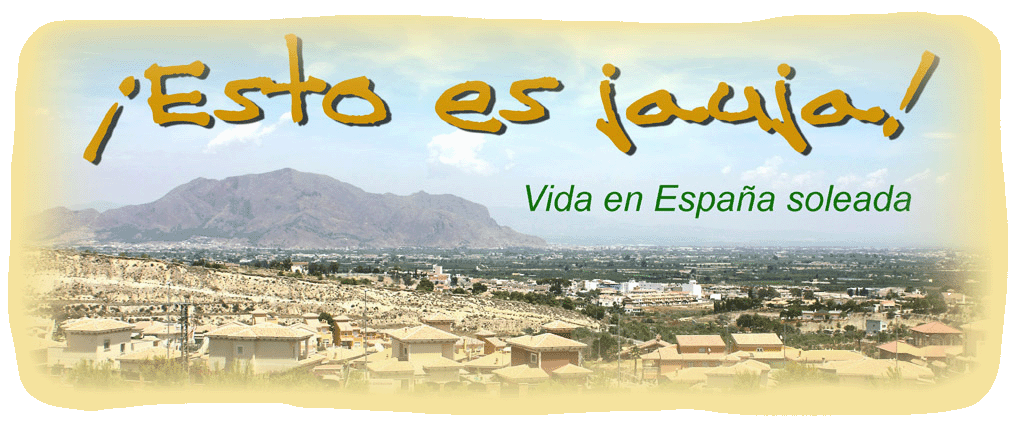From the Leader newspaper
Climate change will make drought a permanent phenomenon in Alicante.
That’s the warning from The Ministry of the Environment who say there will be 40% less rain in the south of the province this century, with temperatures rising sharply.
The report by Spanish scientists to the National Climate Council looks ahead to 2071. If emissions of greenhouse gases are not reduced, Alicante province will be one of the worst affected areas in Spain; reservoirs may never be able to recover from the effects and river diversions may also be affected.
The 40% decrease in rainfall is equivalent to 150 litres per square metre and will mean not only more intense droughts but also more intense torrential rain and higher sea temperatures.
The 156.4 litres that fell in 2005 made the area the 6th driest year since records began in 1856, and the 5th since 1994. The average temperature will also rise by 4.5ºC, mostly between April and October.
Head of the Climatology Department at Alicante University, Jorge Olcina, indicated that the principal problem is that, “all the signals point to climate change marked by aridity and the advance of desertification in Alicante, where rain will be less often and more irregular.”
Torrevieja and Pedreguer registered average temperatures above 20ºC for 2006, a rise of 3ºC, according to the Institute of Meteorology. This is the highest since 1950 and the six highest years have all been since 1994 right across the province, with an average of 16.2ºC, 1.2 degrees more than normal.
The worst case scenario for the month of July, which currently registers the highest summer temperatures, could see an 8ºC rise during this century. This can be broken down into a 1-3ºC rise from 2011-2040, a 3.5-4ºC rise between 2041 and 2070 and a 4-7ºC increase from 2071 to 2100.
Monday, February 26, 2007
Subscribe to:
Post Comments (Atom)

No comments:
Post a Comment